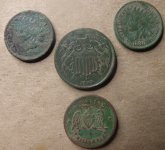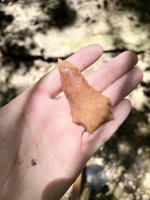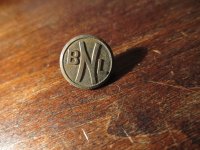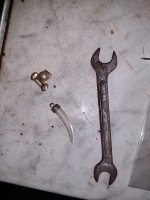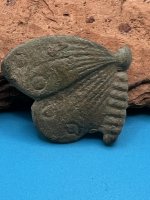re-tek
Sr. Member
just found something somewhere else on the board about old pennies like indian heads reading different than lincolns. something along the lines that old copper will read where some detectors consider it pulltabs or junk.
anybody heard this one? this has my attention peaked as i dont have any indian head pennie to airtest with!
anybody heard this one? this has my attention peaked as i dont have any indian head pennie to airtest with!



